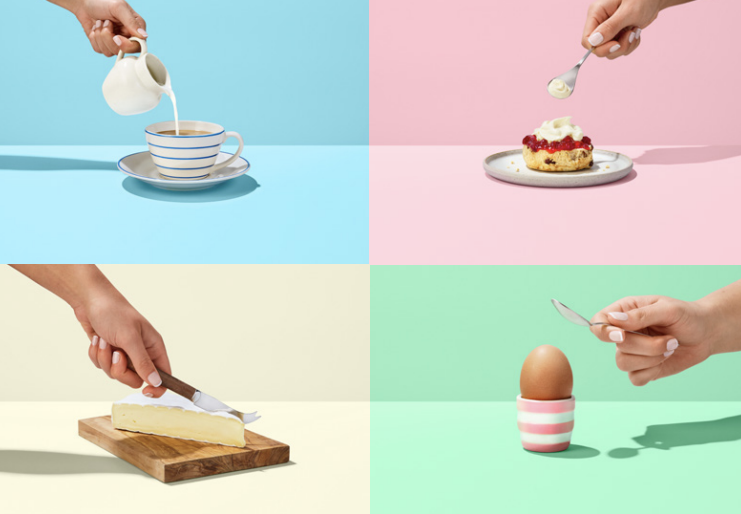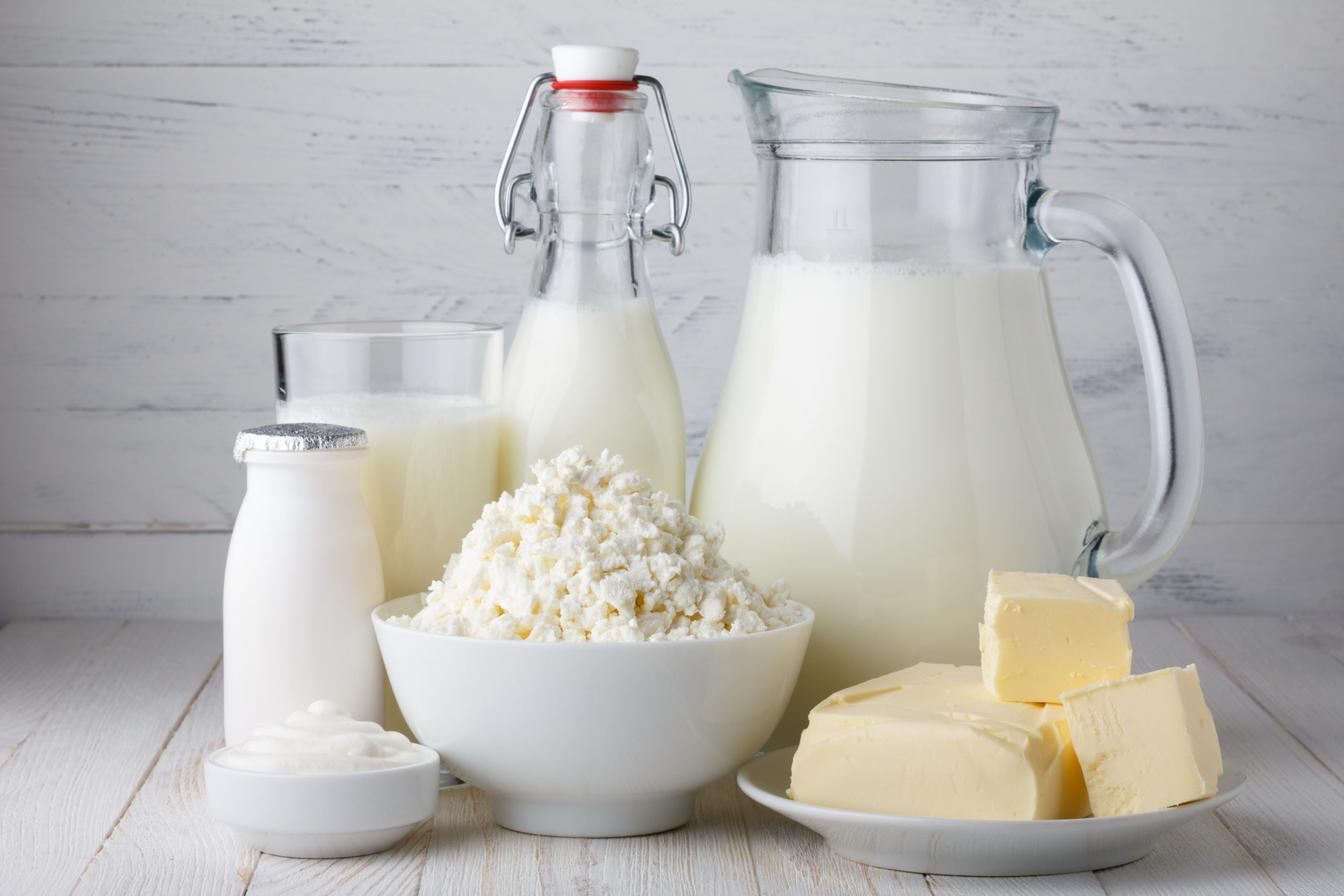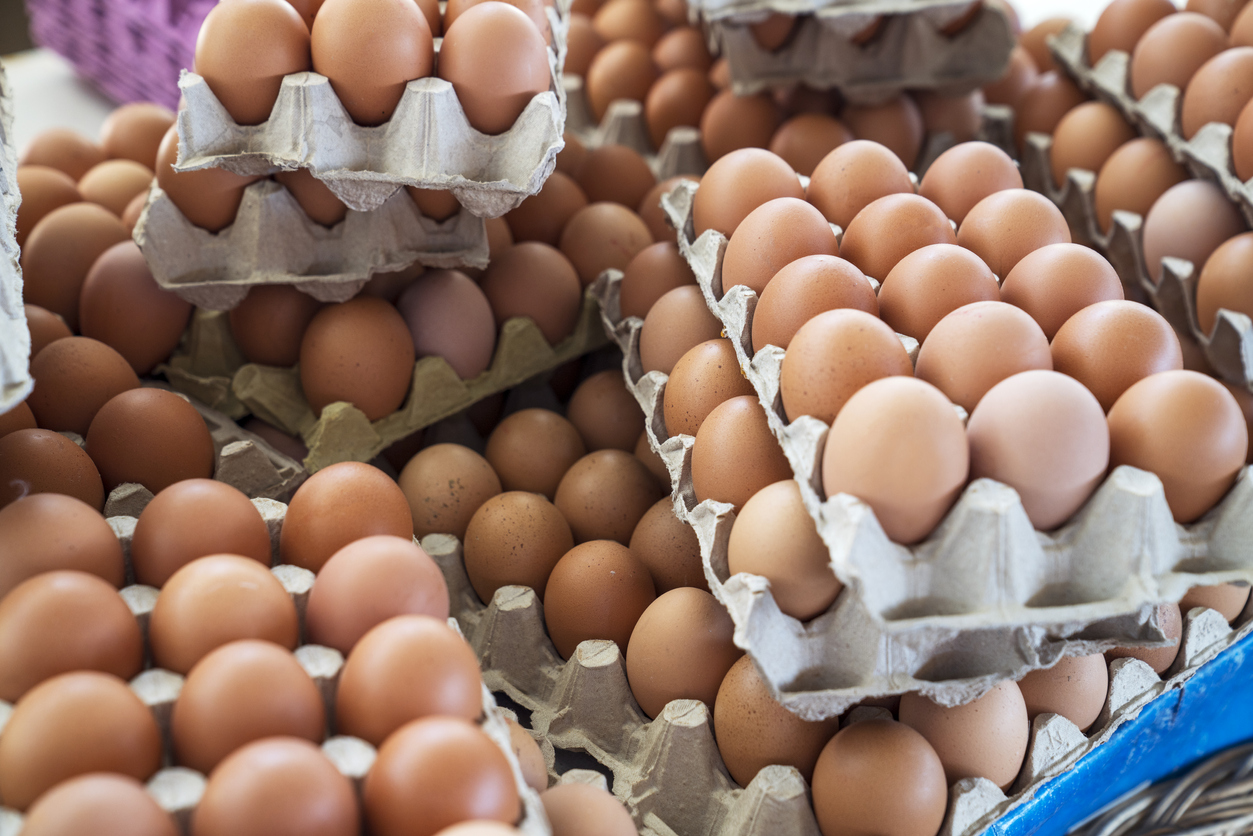Jam conjures comforting memories for many of us; whether it’s a spoonful of jam spread on a scone, jam sandwiches as a child, or cooking up jam as a homemade gift. This sugary condiment dates back much further than you might think, and jam making has interesting links to ancient methods of preserving food.
Jam has been made and eaten by societies throughout the centuries, from Ancient Greece, to soldiers in the Napoleonic war. The history of this sweet stuff is far more interesting than you might think, so if you want to know more about the history of jam and preserves, read on for our handy guide.
Early preservation methods
Jam-making methods are linked to some of the earliest ways of preserving food, which date all the way back to the Stone Age (around 2.6 million years ago!). During the Stone Age (also known as the Paleolithic period), people discovered ways to preserve food for storage, to make survival easier when food was scarce.
Preservation using honey or sugar was one common method and the Ancient Greeks also used to use honey to preserve quince. Syrups made from honey and sugar were also used to preserve food; honey has no moisture so it preserves any food encased within it.
The first jam recipe
The first written recipe for jam is recorded in the first known cookbook; De Re Coquinaria (The Art of Cooking). It’s attributed to Marcus Gavius Apicius (believed to be pseudonym) and dates from fourth century AD Rome. The book contains over 500 recipes, many using Indian spices, as well as a recipe for soft fruit heated with honey. The mixture was then cooled and stored, to create one of the earliest recorded forms of jam. This early type of jam was often served as a delicacy at the end of a meal.
Sugar comes to Europe
During the Crusades (from 1095 to 1492), soldiers brought back sugar from the Middle East to Western Europe, significantly boosting jam’s popularity. It also made the process of making jam much easier and production began to take off.
The first recorded mention of sugar in England is from 1099 and it was often described as a pleasant ‘new spice’. Records from 1319 list sugar available in London for ‘two shillings per pound’ – that’s roughly £36 per pound in today’s money. Jam grew in popularity across Europe, particularly amongst soldiers and sailors.
Joan of Arc was said to have eaten quince jam for courage before battle and sailors began to stockpile jam aboard their ships for long voyages. People had begun to make the link between vitamin C and scurvy, and fruit preserved in sugar was better than no fruit at all!
Jam in the 16th century
The French astrologer and physician Nostradamus was another famous lover of jam, so much so that he even wrote a treatise on it. His ‘Treatise on Makeup and Jam’ appeared in 1555, although the manuscript dates to 1552. The book is based on knowledge gained by Nostradamus before he began studying for a medical doctorate in Montpellier in 1529. The ‘medical cookbook’ contains recipes for cherry jam, quince jelly and pear preserve, as well as recipes to cure the plague or even attract love.
The first marmalade is believed to have been invented in 1561 by the physician to Mary, Queen of Scots. He used crushed oranges and sugar as a remedy for her seasickness, although the earlier book by Nostradamus also includes a recipe for candied orange peel.
Jam and Louis XIV
Louis XIV of France reigned from 1643 until his death in 1715. He was said to be so fond of jam that he insisted it be brought out to finish every meal, displayed on ornate silver dishes and served with silver spoons. Sugar still wasn’t cheap during this period, so it could have been a way for him to display his wealth and provide a talking point at the end of a magnificent feast.
Louis XIV’s jam was made using fruit from the gardens at the palace of Versailles, including tropical fruits like pineapple.
Napoleon Bonaparte and preservation
While jam remained popular amongst the upper classes, large scale production of jam and preserves wasn’t possible until the discovery of pasteurisation. Believe it or not, we can partly thank the French military leader Napoleon Bonaparte for the widespread production of jam.
In 1785, Napoleon offered a reward to anyone who could find a way to preserve large quantities of food for soldiers on the move. Inventor Nicholas Appert was the winner; he discovered that boiling food at high temperatures and sealing it in an airtight container kept it safe. He’s known as the ‘father of canning’ and his methods allowed all different types of food to be safely preserved in containers. These findings were then built upon by Louis Pasteur, who would go on to develop pasteurisation in the next century.
Jam in America
John Chapman (nicknamed Johnny Appleseed) was one pioneer who helped to bring jam to the USA. He planted apple trees throughout large parts of the Midwest US during the 1800s, with the hope that people would make their own cider and preserves. Jerome Monroe Smucker from Ohio was just one person to do so and he opened a cider mill in 1897 with fruit from trees that Chapman had planted. After a few years, he and his wife began to make apple butter (a type of sweet apple sauce made using sugar), which she sold from a horse-drawn wagon.
In 1918, the American company Welch’s began producing its first jam product, Grapelade. The entire inventory was bought by the US army and shipped to troops during the First World War and soldiers demanded more of the product upon returning. In 1923 Welch’s launched its Concord Grape jelly, which is still available today.
World War II
Rationing and the general impact of World War II led to great anxiety about food shortages, but it was members of the Women’s Institute who came to the rescue. In 1940 they were given a government grant of £1,400 to be used to buy sugar for jam. This meant that a vast amount of fruit could be preserved over a longer period of time, to ensure that nothing went to waste.
Preservation centres were set up in farm kitchens, village halls and even sheds, largely run by volunteers from the community. Between 1940 and 1945, over 5,300 tons of fruit were preserved and turned into over 1,600 tons of jam.
Wholesale butter and spreads from the experts at Freshways
If you’re looking for delicious, high quality jam for your cafe, restaurant or hotel, get in touch with the experts at Freshways. We’re proud to offer wholesale jam, marmalade and honey, alongside bulk butter and spreads. We provide the highest quality products at affordable prices for customers throughout London, Wales and across the UK and we’re confident that we have the products to suit your needs.
As one of the largest independent dairy suppliers in the UK, we also offer a full range of dairy products, including milk, cream, yoghurt and a wide variety of cheeses. We also stock a range of bakery goods, including loaves and rolls, plus juices and products from leading brands including Tropicana, Hovis and Copella. For more information about our wholesale jam, dairy products, or to discuss your requirements, don’t hesitate to give us a call today or contact us via the website.


